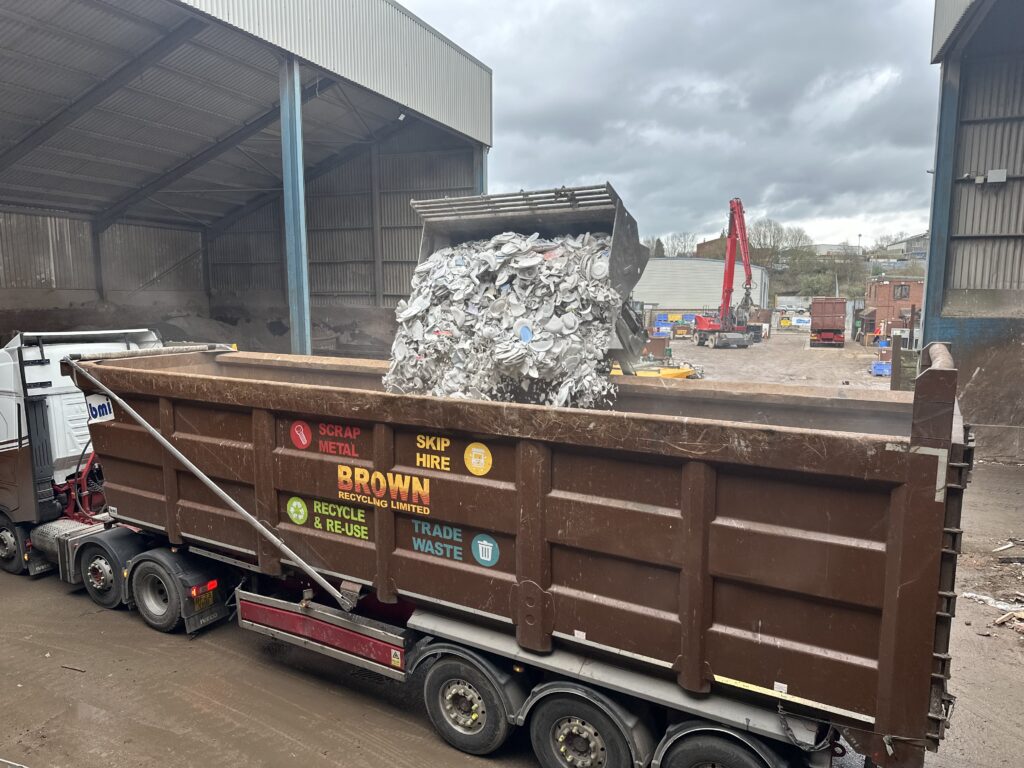SiLCs are registered professionals who ensure brownfield sites and other land affected by contamination across the UK are returned to ‘beneficial use’.

During the webinar held yesterday (30 June), Danny Hope, regional director at construction engineering consultancy Hydrock Consultants, said the regeneration of historic landfills was happening “more and more frequently” due to the demand for land.
“This obviously creates challenges from an environmental point of view, but it’s a very sustainable solution in many cases, to bring this land back into beneficial use,” he said.
Legislation places the onus to demonstrate the responsible disposal and reuse of materials from historic landfills on contractors and developers.
However, the SiLC Register has concerns that developers are passing up land formerly used for the disposal of waste because of inconsistent guidance as to whether site won materials can be reused.
Mr Hope, who is a specialist in land condition, said: “One of the frustrations we have is how the rules and regulations are being put to us on an inconsistent basis.
“Consistency’s what we’re looking for from the regulator so we can advise our clients accordingly as to what the programme implications may be, the fundamental principle behind all this being the remediation of the landfill or whatever type of brownfield site it is meets the objectives that we set out and creates a site that’s suitable for use.”
DoW CoP
The webinar also heard discussion of the Definition of Waste Code of Practice (DoW CoP).
The remediation of contaminated land and groundwater, including some landfills, is regulated through DoW CoP, which is legislation developed in part by an independent body, Contaminated Land: Applications in Real Environments (CL:AIRE).
Works must be carried out under a materials management plan (MMP) to comply. The MMP demonstrates that excavated materials satisfy the ‘end of waste’ process and that the necessary treatment and testing procedures are in place where materials are reused.
CL:AIRE says: “The DoW CoP provides a clear, consistent and efficient process which enables the reuse of excavated materials onsite or their movement between sites.
“Use of the DoW CoP supports the sustainable and cost-effective development of land. It can provide an alternative to Environmental Permits or Waste Exemptions.”
Letter
In June 2021, Ian Evans, chair of the SiLC Professional and Technical Panel, wrote to the Environment Agency to express concerns about “an increasing degree of inconsistency” in how historic landfills were being regulated via the implementation of DoW CoP.
He called either for DoWCoP to be amended to include the reuse of site won materials from within historic landfills or for new guidance which “streamlined” the waste recovery and surrender process for the reuse of these materials.
Malcolm Lythgo, the Agency’s head of waste regulation, replied in October 2021, saying: “Our approach towards the development of historic landfills has not changed but we recognised there was a need to provide additional internal guidance on the subject to improve consistency in our decisions. We should be able to share our revised guidance with industry in due course.”
However, Peter Witherington, director of construction engineering company RSK, said during the webinar that the SiLC Register had heard nothing from the Agency since.











Subscribe for free